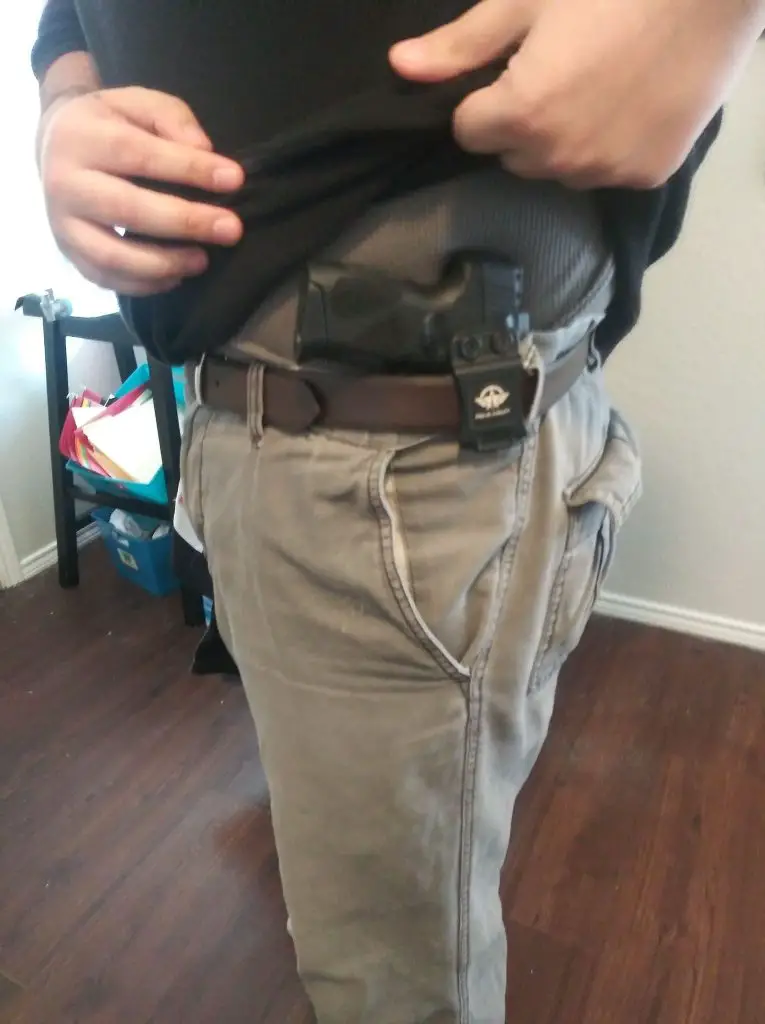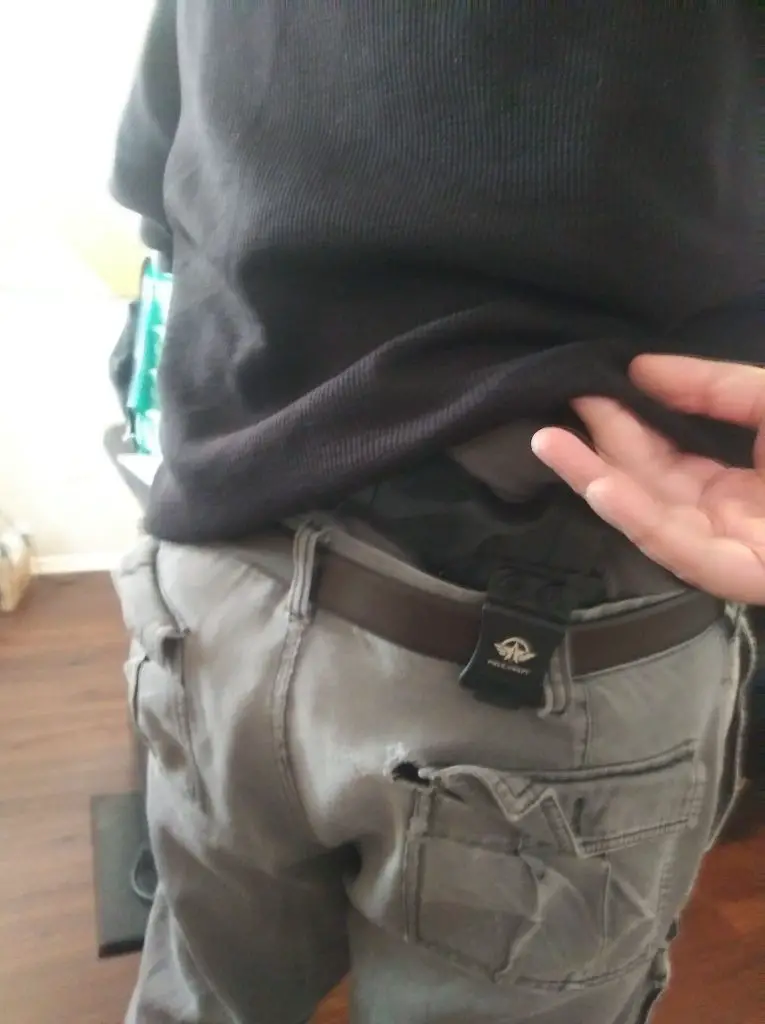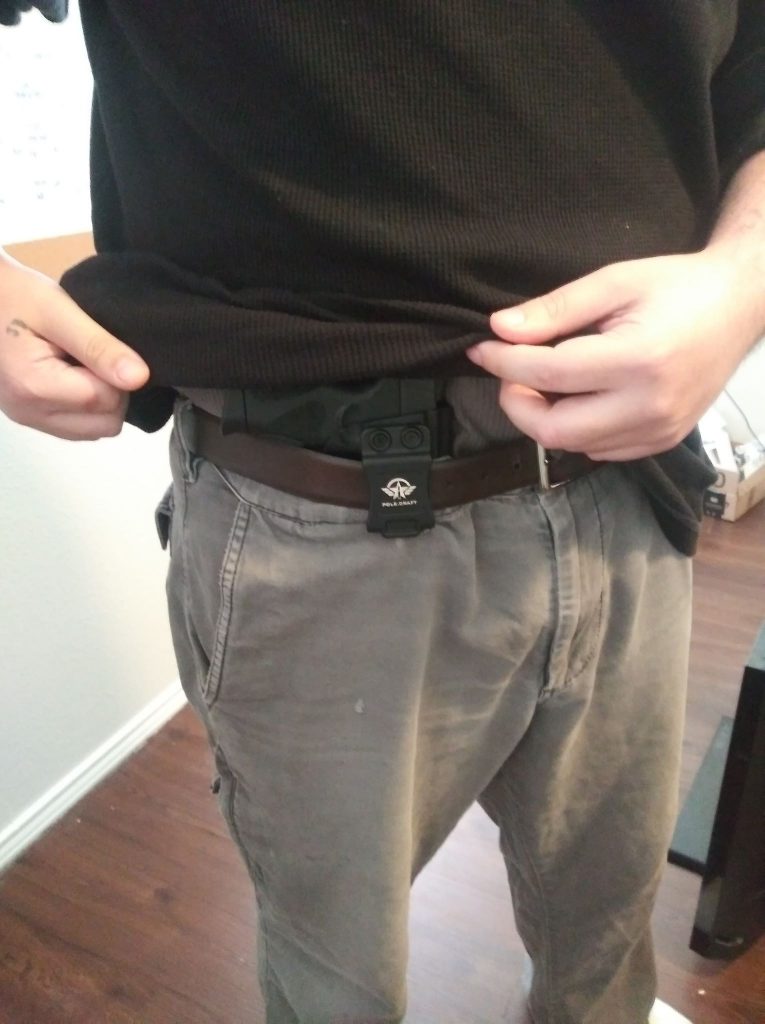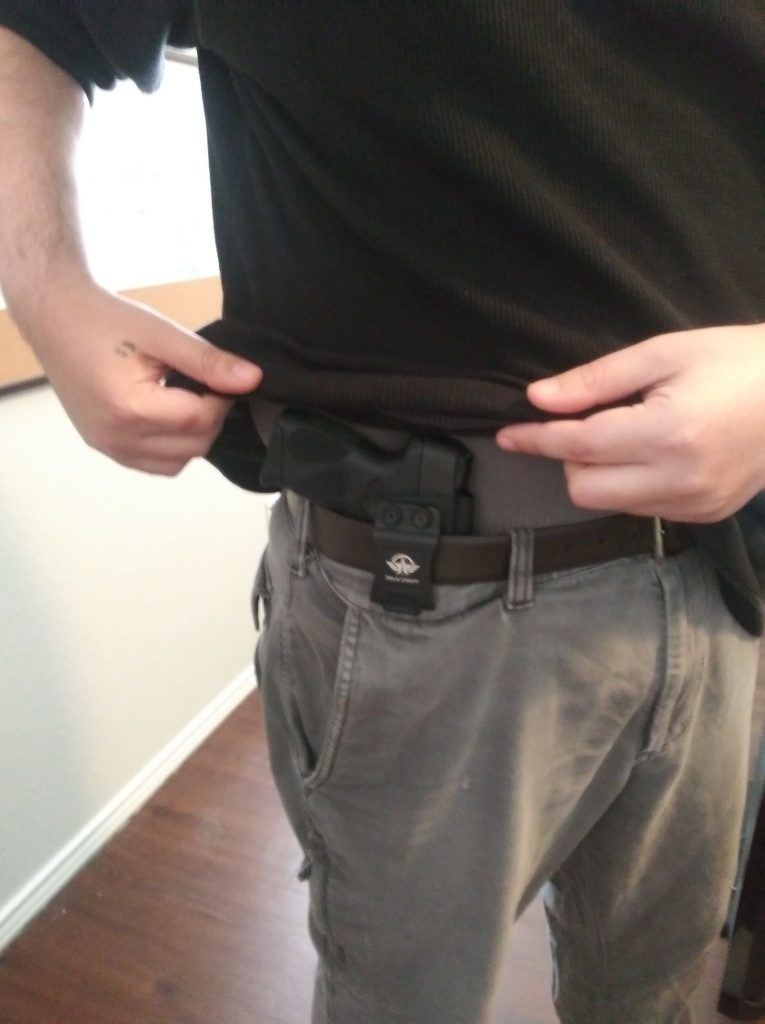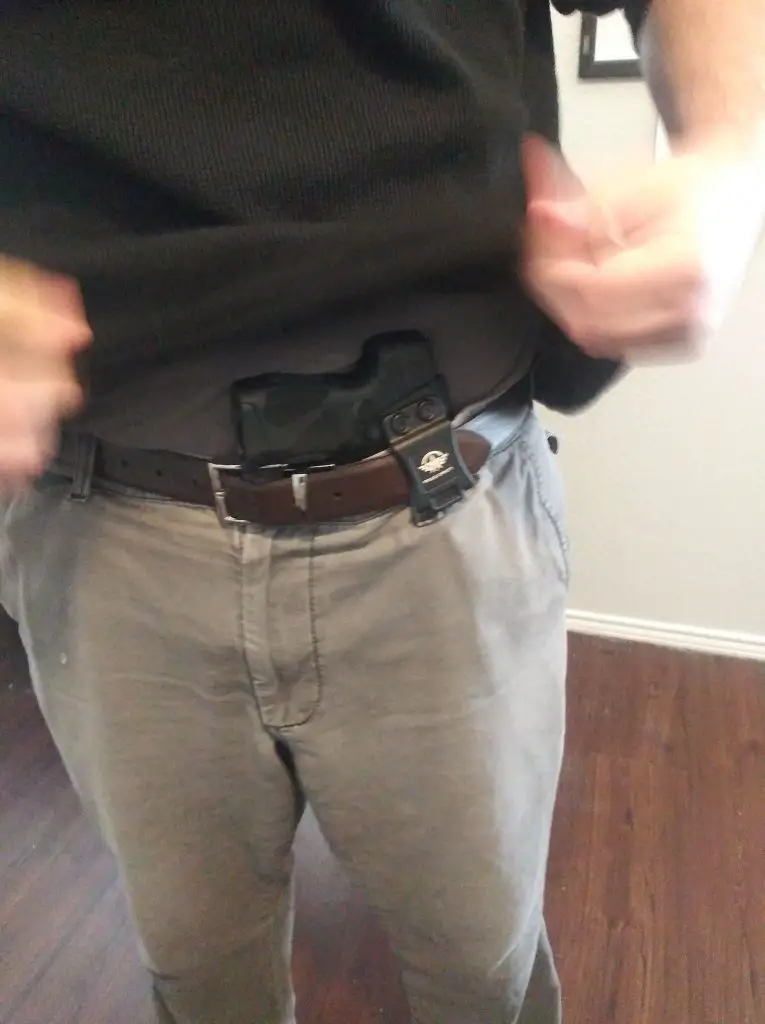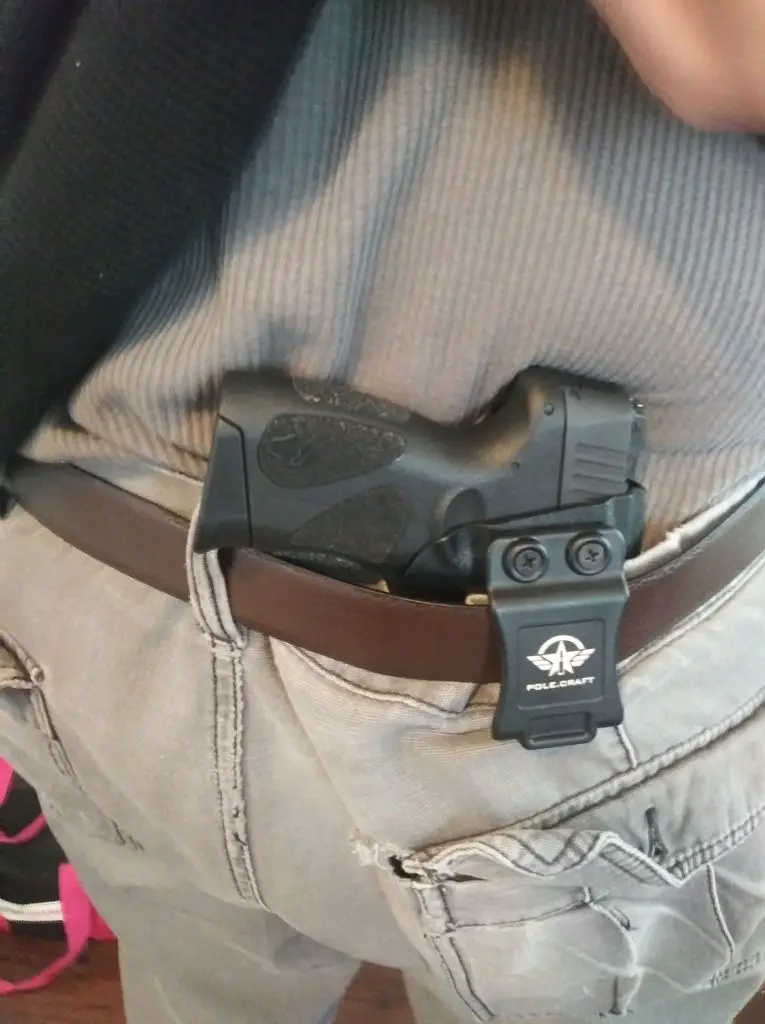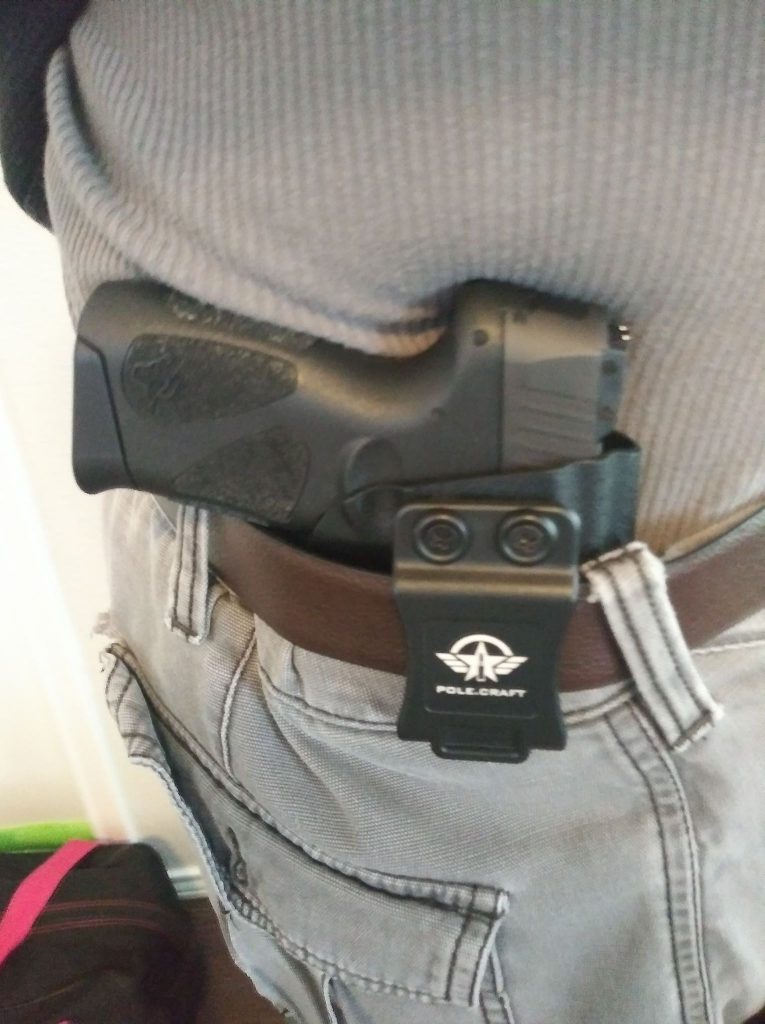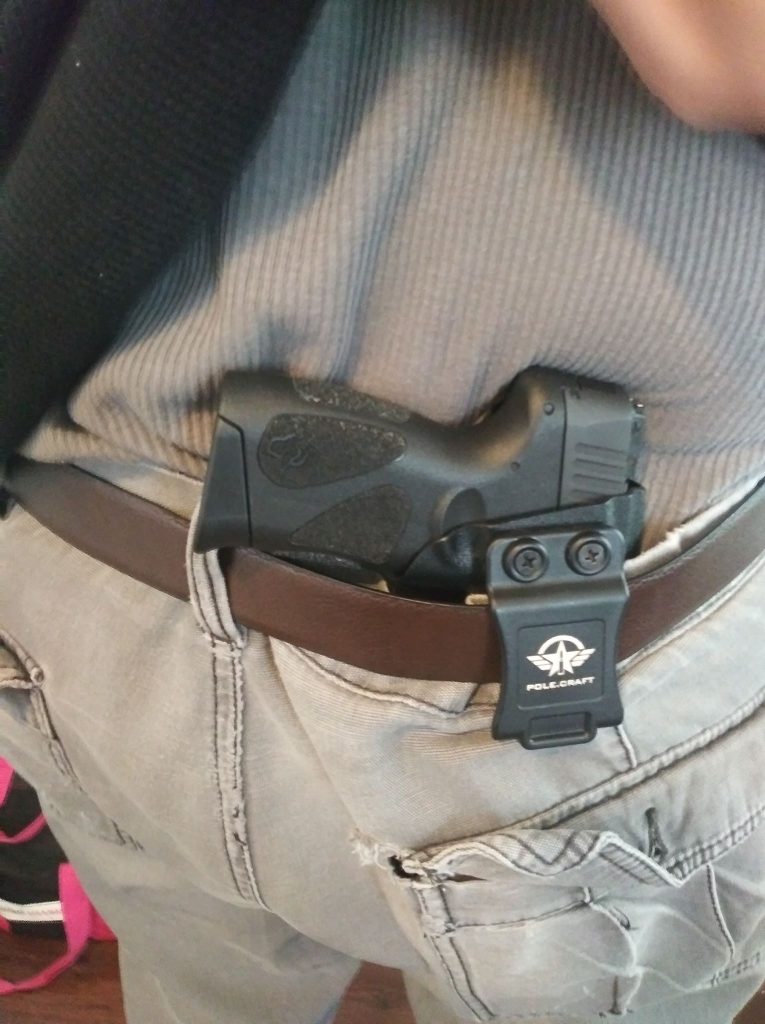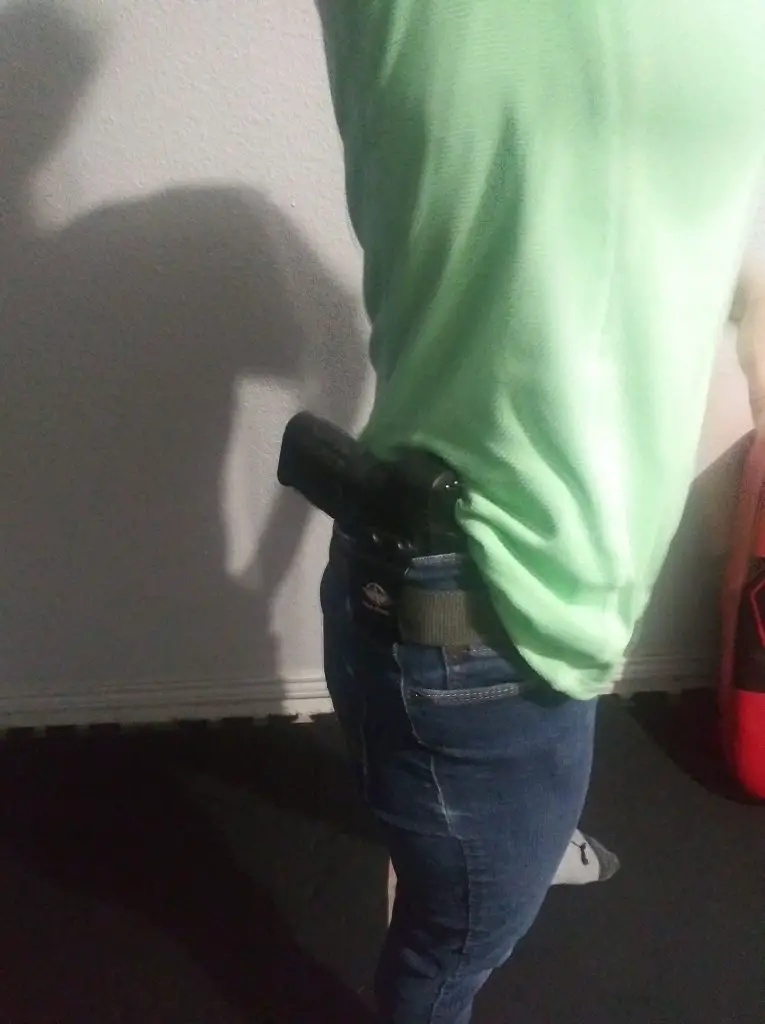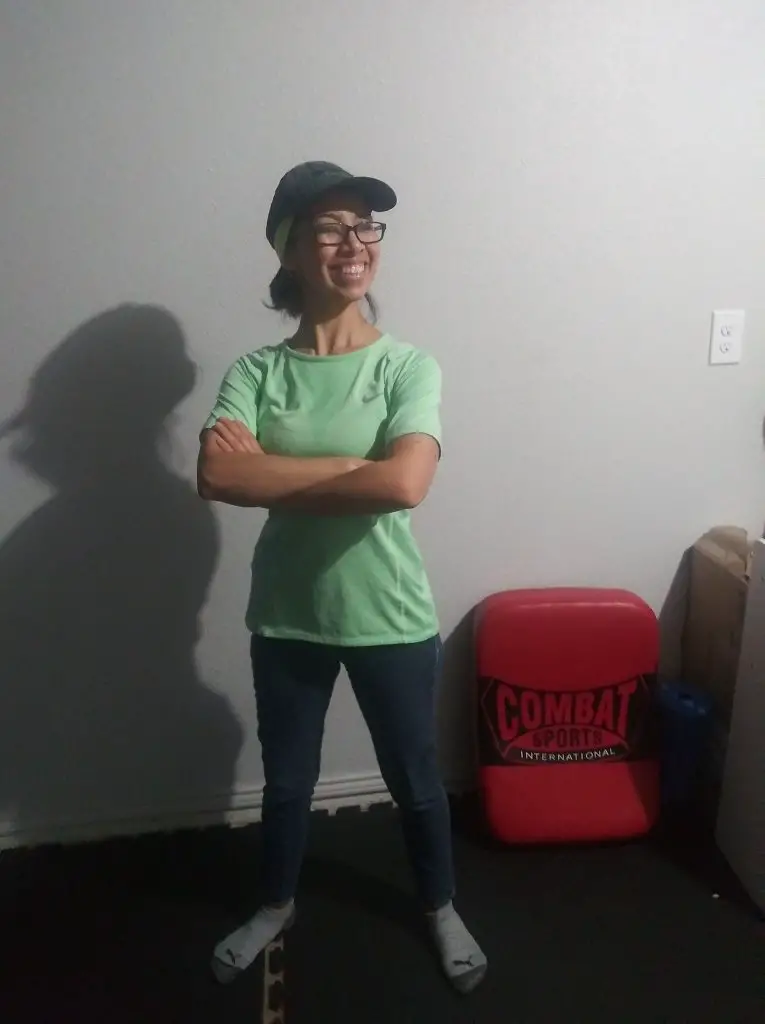IWB holsters are ideal for carrying a concealed pistol in a safe fashion as they hide the weapon from view and keep it secure, nice, and close to your body.
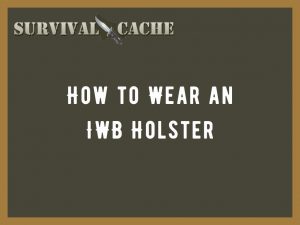
There can be some confusion for those unfamiliar with IWB holsters so today we are going to get into how best to wear an IWB holster and a few additional pointers on the topic. Through my own trial and error, I’ve learned what works best for me regarding my EDC but we are all different so it’s wise to explore a variety of ways and tips when it comes to carrying your IWB holster.
Let’s get started!
SKIP AHEAD
Considering Carry Position
Carry position means where exactly one will keep the holster and firearm on your body. There a handful of different ways you can wear your IWB holster on your hip so let’s break down a few of them.
- Front right hip
- Front left hip
- Right side hip
- Left side hip
- Rear right hip
- Rear left hip
- Front
- Back
These are the primary positions people often conceal their IWB holsters in. Each positioning has different pros and cons that vary with your size, body shape, clothing, situation, and more.
Step-by-Step IWB Holster Instructions
- Consider the situation, clothing required, and possible movements required.
- Choose your carry position.
- Feed your belt through the holster loop if needed. Some IWB holsters utilize loops and some utilize clips.
- Adjust your holster as needed for the ideal drawing position.
- Drill a few practices drawing to ensure that you can comfortably and swiftly pull your weapon when needed in a potential survival situation.
- Check for printing or outline of your weapon in the mirror to ensure that your concealed weapon is properly concealed.
As you get more familiar with equipping your EDC you will get faster and more efficient with your IWB set up and even begin to dial in on what works best for you, your wardrobe, and the kinds of activities you engage in during your day to day life.
Checking for Printing
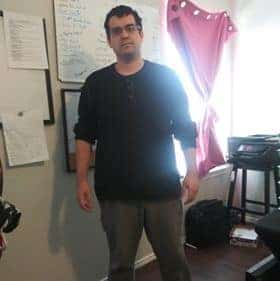
Printing is what occurs when a person carrying a concealed weapon has their weapon outlined by their clothes.
Printing defeats the purpose of having a concealed as it broadcasts the location of your firearm to any potential attacker or hostile. Having the element of surprise on your side with a hidden weapon could be what makes all the difference for you and your family in a potential survival situation.
How can we make sure that our concealed weapons are properly hidden with our IWB holsters?
You can start with the following:
- Equip the IWB holster in your preferred location.
- Put on whatever clothes you intend to wear with your IWB holster and a concealed weapon.
- Look at yourself in the mirror and spin around while looking for signs of your weapon being printed.
- Raise your arms, reach out, and move them in various ways to confirm that your gun will not be revealed at an improper movement due to a minor movement you made.
- Check that your IWB holster is pressed securely in place and not protruding more than necessary.
As you get familiar and comfortable with using your IWB holster for your concealed firearm you will need to perform these checks less you become more aware of which outfits and clothing items work well with your concealed carry EDC set up.
IWB Holster Tips
1. Check for potential snags.
Snags occur when a piece of your clothing catches on to your weapon and prevents or delays your clean draw from your IWB holster. You can prevent this from occurring by anticipating the possibility of a snap and running some practice drills drawing your weapon to ensure no snags are happening. If a snag occurs then you will need to either adjust the carrying position of the gun and IWB holster or rethink your outfit. Every second can count in a potential survival situation so making sure that you’re able to draw your weapon effectively can have quite the impact. I tend to include moving my shirt clear when drawing during my drills and practice sessions in order to avoid potential snags.
2. Pick the right IWB holster for your wardrobe choices.
As we mentioned before, there are a wide variety of IWB holsters and understanding the pros and cons of each and which is best for you and your wardrobe choices. For instance, I don’t always wear belts so I chose an IWB holster that has a clip in place of a belt loop so it can work with and without belts. Keep in mind that some IWB holsters sit higher or lower than others so choosing the proper shirt length for your IWB holster is another factor to keep in mind. My thought is that it pays off to have a few outfits that you can think of as ideal for carrying and that you know you can comfortably conceal your weapon with.
3. Press down on the holster with your finger if you are not using a belt.
If you’re like me and want to wear an IWB holster without a belt then you might find that not all clips will adhere as you like so learning to press downward with your finger while pulling the gun out of the holster will help you to draw the weapon while keeping the holster in place. In my experience, quickly pulling my gun while not wearing a belt on a clip-style IWB holster has resulted in my pulling the entire holster from my waistband which would not be ideal in a potentially hostile situation. The downward force keeps the holster in place so I may cleanly and safely draw my gun.
4. Select the appropriate holster for your gun and accessories.
There are many IWB holster products on the market that claim to be a one-holster-for-all but my thought is that we should lean toward holsters that are designed specifically for our chosen concealed carry weapon. Even a holster designed for your model of a firearm might not be ideal for your accessories such as protruding grips, sights, and more if it was designed for the base model of your chosen weapon. It helps to read reviews and forums regarding specific IWB holsters and accessories work best with it if you cannot test it out with your weapon personally.
Wrap Up
IWB holsters are fantastic tools that allow you to carry your concealed weapon without broadcasting its location while also allowing you relatively quick access to the gun should a dangerous situation arise.
It’s important to keep in mind that properly preparing your EDC setup means that appropriate research, consideration, and regular practice are all factors to address when selecting your IWB holster. You can’t just pick any IWB holster you like the aesthetics of and expect it to perform as it should. Read the reviews, check the comments, think about your own wardrobe preferences, and practice drawing your weapon so you can select the correct holster and maintain a proper level of preparation when it comes to your EDC set-up with your IWB holster.


